Halle, thanks to its preserved medieval architecture, transports visitors to distant times. The historic city center delights with its cobblestone streets, wooden houses and charming squares. The main point of the city is the fascinating church of St. Martin, a wonderful Gothic building that dominates the city skyline.
The city is situated on the banks of the Lippe River, providing excellent opportunities for walking and cycling along the calm waters. The nearby Teutoburg Forest is also worth a visit, with its dense forests, winding paths and breathtaking views. During the hike, it is worth paying attention to the Hermannsdenkmal, an impressive monument commemorating the Battle of the Teutoburg Forest.
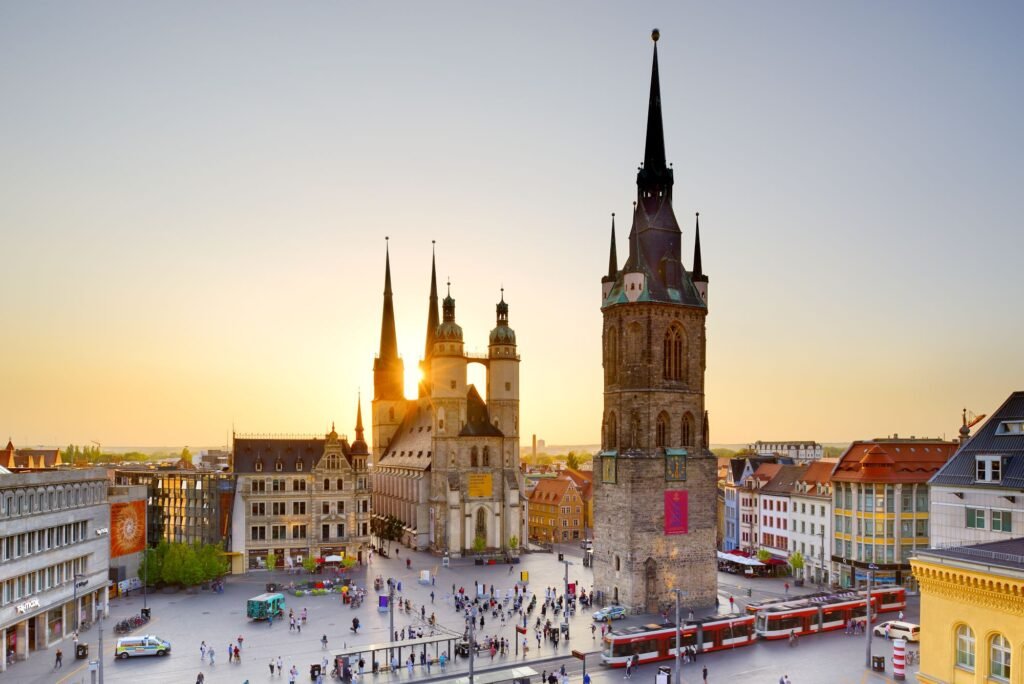
The LWL Open-Air Museum Detmold presents fascinating rural life in the region over the centuries. There you can visit traditional farmhouses, mills and workshops, learning about the history and culture of the area.
Location
Halle is city in Saxony-Anhalt Land (state), east-central Germany. It is situated on a sandy plain on the right bank of the Saale River, which there divides into several arms, 21 miles (34 km) north of Leipzig.
Marktplatz Halle – Market Square

The market square is the center of Halle and one of the most important meeting and event places in the city.
Thanks to its typical irregular shape, 14 streets leading to it and, finally, its characteristic silhouette – the “Five Towers” – the square is not only a place for a daily market of fresh products, but also a popular scene for special events and shopping. There are numerous shops on the market square and nearby. Leipziger Straße, Große Ulrichstraße, Schmeerstraße and Große Steinstraße are popular shopping streets in the market square of Halle (Saale).
Hallmarkt
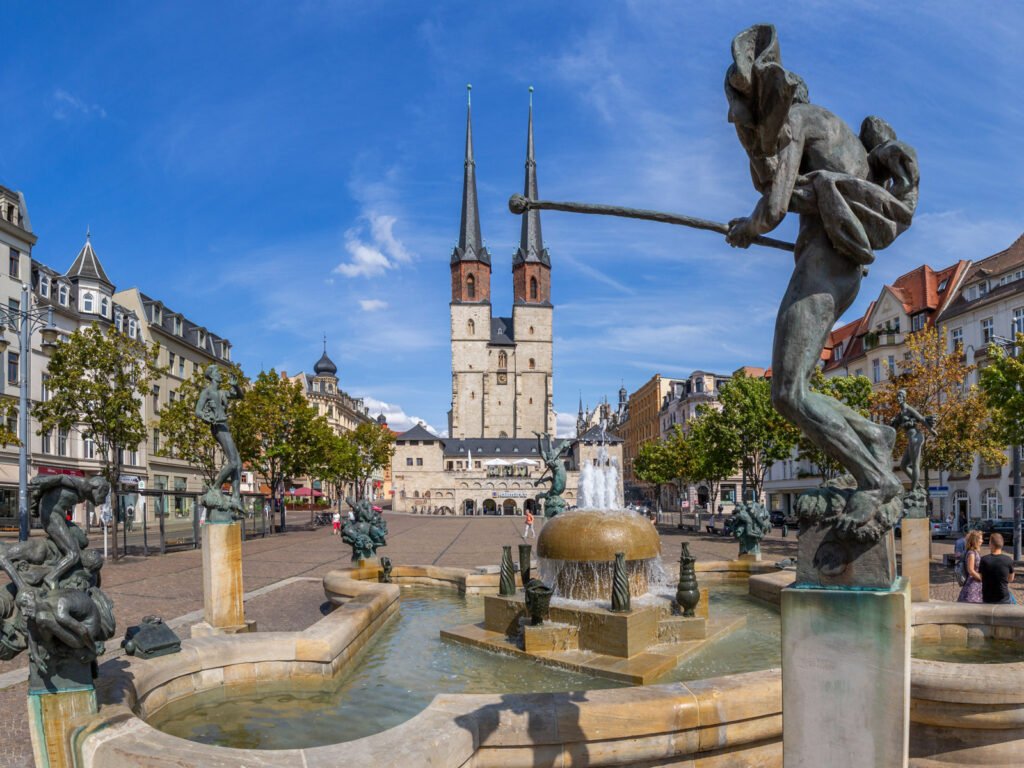
The historic square in the city center, Hallmarkt, whose origins date back to the Middle Ages. Previously it was a salt processing center, later it became a city square.
Where the history of the city of Halle once began, today it can be found at the edge of the fountain – in the form of creative bronze figures or written in the books of the city library, which is located right next to it. The square is also surrounded by an old church and government buildings.
St. Mary’s Church (Marienkirche)
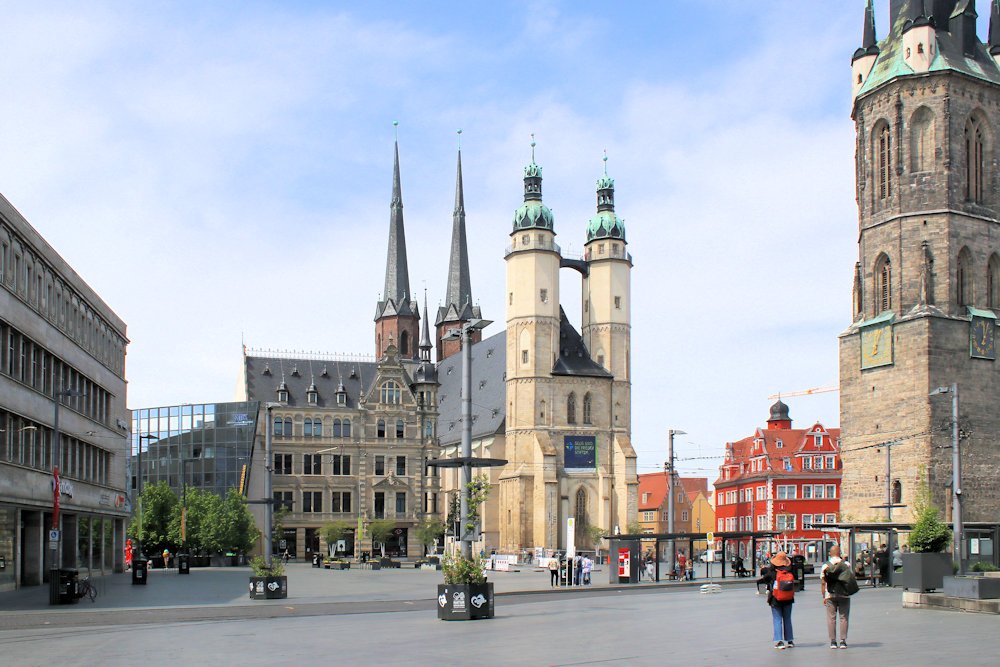
The Church of Our Lady in Halle is richly endowed with evidence and treasures dating back to the Reformation. You can see Martin Luther’s original death mask and the Renaissance pulpit from which it is said Luther preached.
The market church “Unser Lieben Frauen”, also called Marienkirche, is one of the most important buildings of the Late Gothic period in central Germany and is an iconic landmark of the city of Halle (Saale).
Basilica of St. Martin
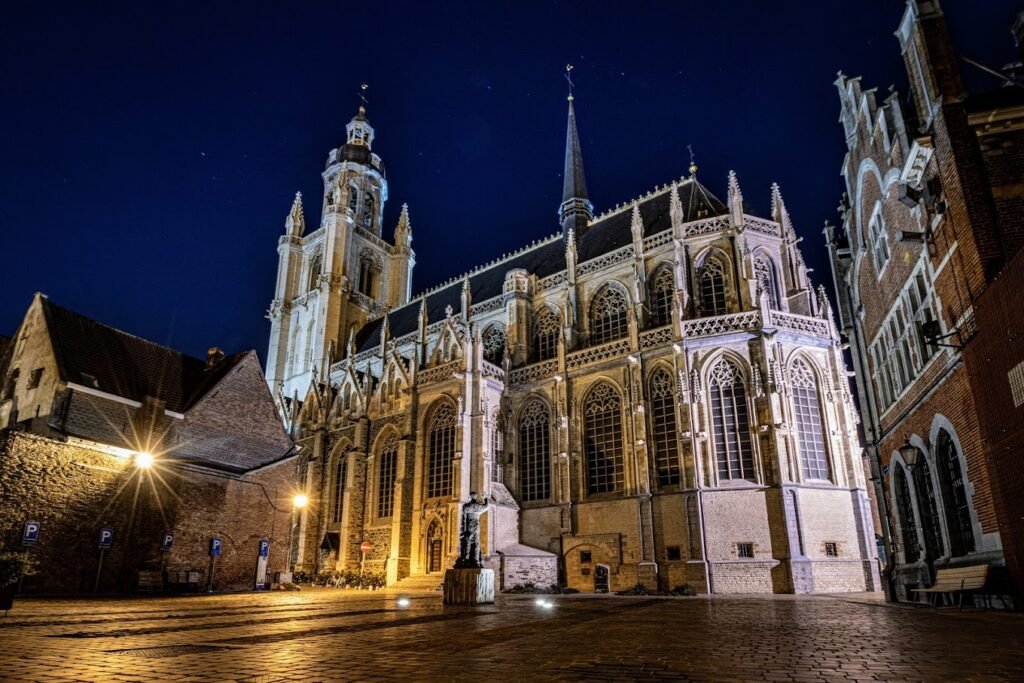
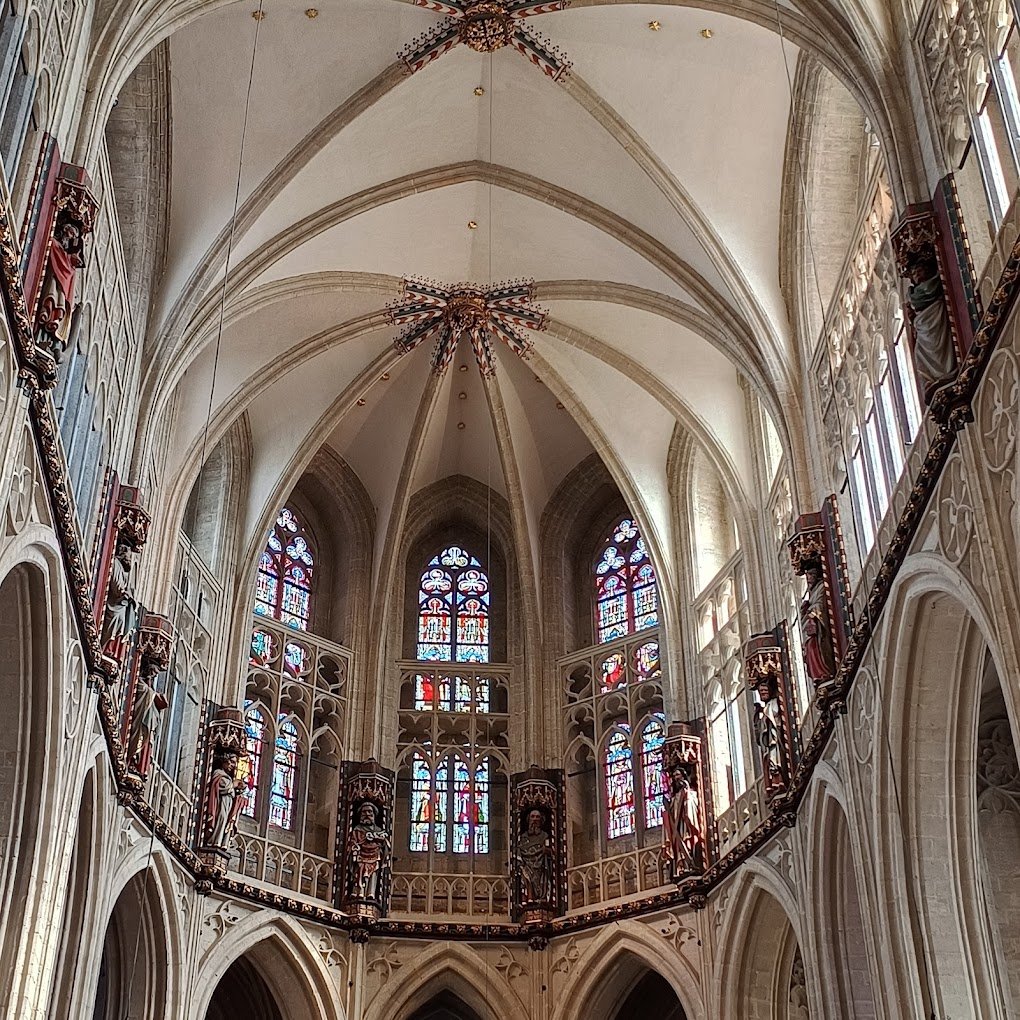
The Sint-Martinusbasiliek (Basilica of Saint Martin), also known as the Gothic Church of Our Lady, is a basilica in High Gothic style that was a popular pilgrimage site since the 14th–15th century. The church contains a celebrated miraculous image of the Holy Virgin, that of a Black Madonna.
Halle Cathedral
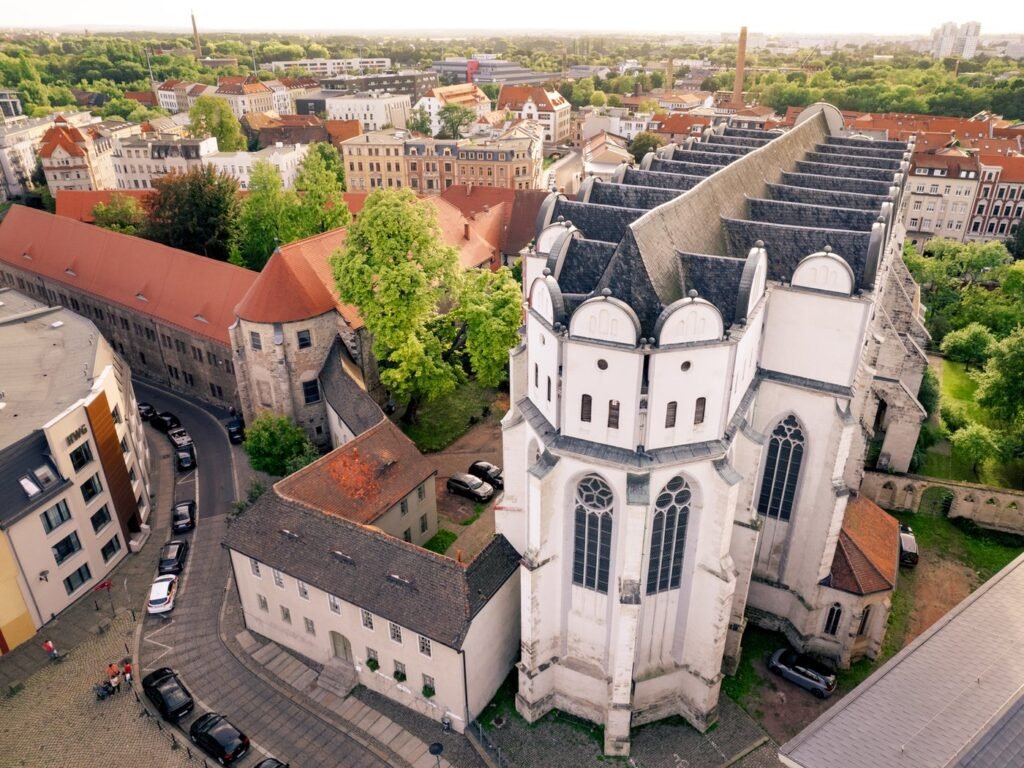
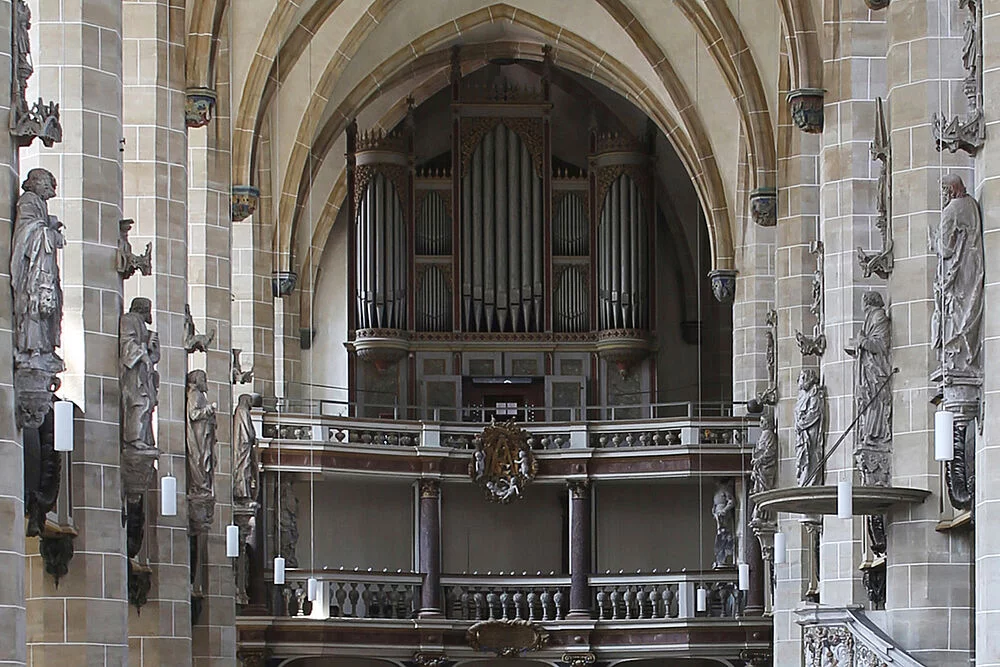
Halle Cathedral is the oldest surviving church in the old part of the city Halle, Saale. The 700 year old Cathedral is a particularly appropriate venue for concerts of the Handel Festival because young George Frideric Handel himself played the organ there when he was organist for a year from 1702/1703.
Halloren Schokoladenfabrik AG
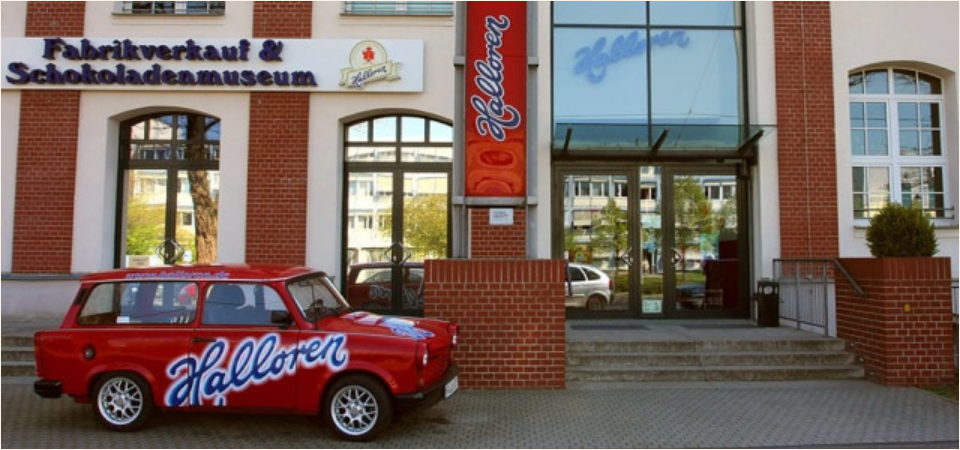
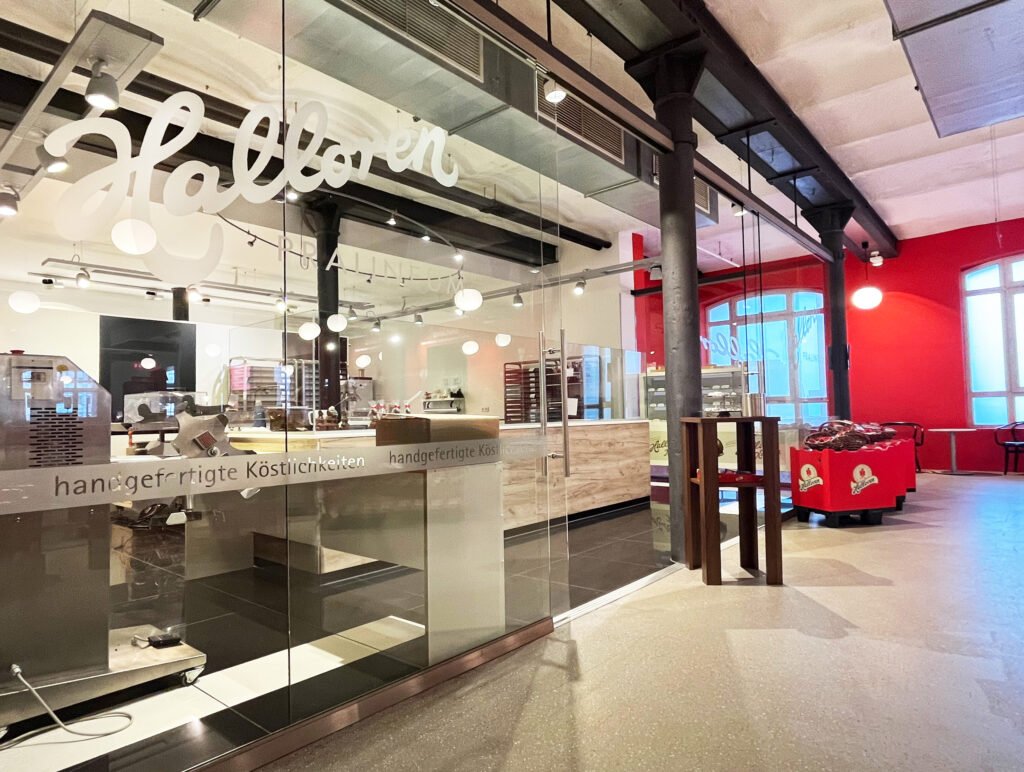
Halloren Schokoladenfabrik AG is the oldest chocolate factory in Germany. Its origins date back to the establishment of a gingerbread bakery in 1804. Halloren Schokoladenfabrik AG focuses on quality. Traditional and modern products are made in production plants.
The main product of the oldest chocolate factory in Germany is the original Halloren Kugel, available in many different flavors. Additionally, the assortment includes exclusive chocolates, bars, almond paste specialties, chocolate-covered candies, as well as sugar-coated jellies, rum balls and coconut flakes.
Francke Foundations (Franckesche Stiftungen)


With their 40 partner institutions the Stiftungen today are a unique centre of cultural, scientific, educational, social and Christian institutions, a complex with kindergartens, children’s creativity centre, schools, a House of Generations, a youth workshop, a bible centre, traditional commercial enterprises, archives, libraries, museums, university and non-university research facilities among several others. Today over 4000 people learn, teach, work and live in the Franckesche Stiftungen.
Händel-Haus
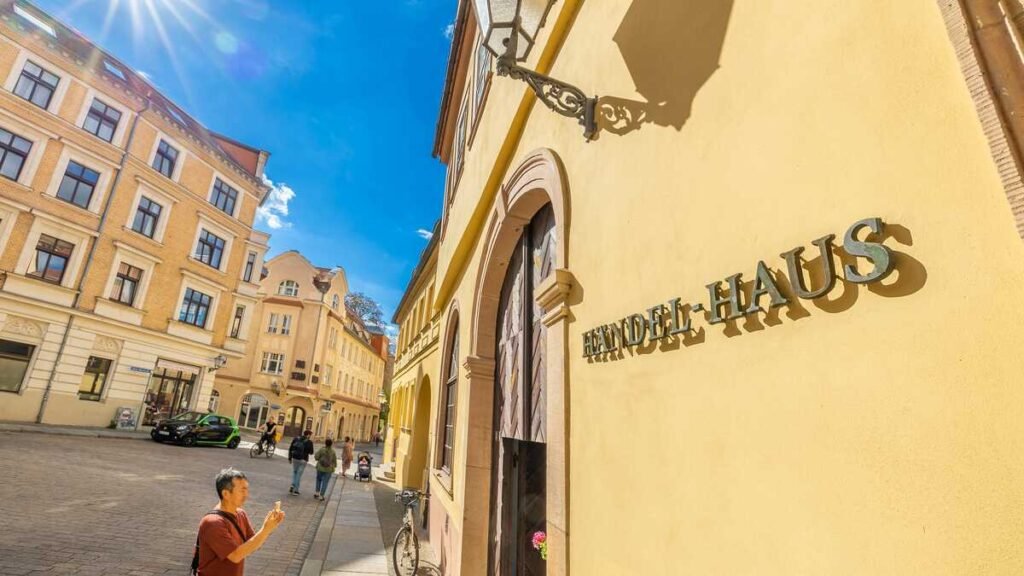
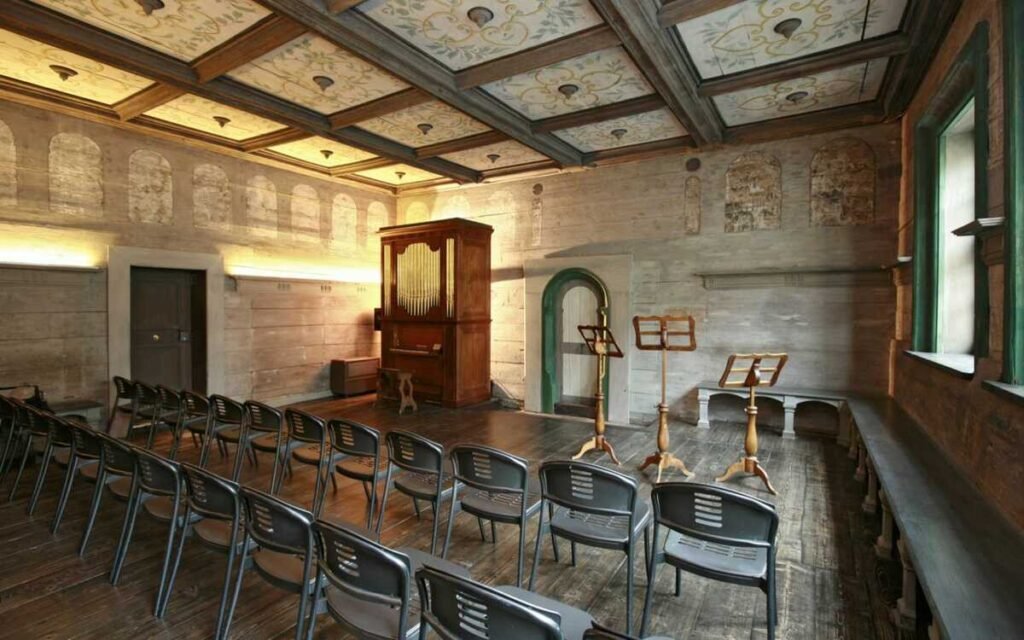
The Music Museum of the City of Halle was set up in the birthplace of George Frideric Handel in 1948. Three collection and work focuses determine the museum’s main activities: the life and work of George Frideric Handel, the region’s musical history and historical musical instruments. The museum is now run by the Handel House Foundation.
Händel-Denkmal
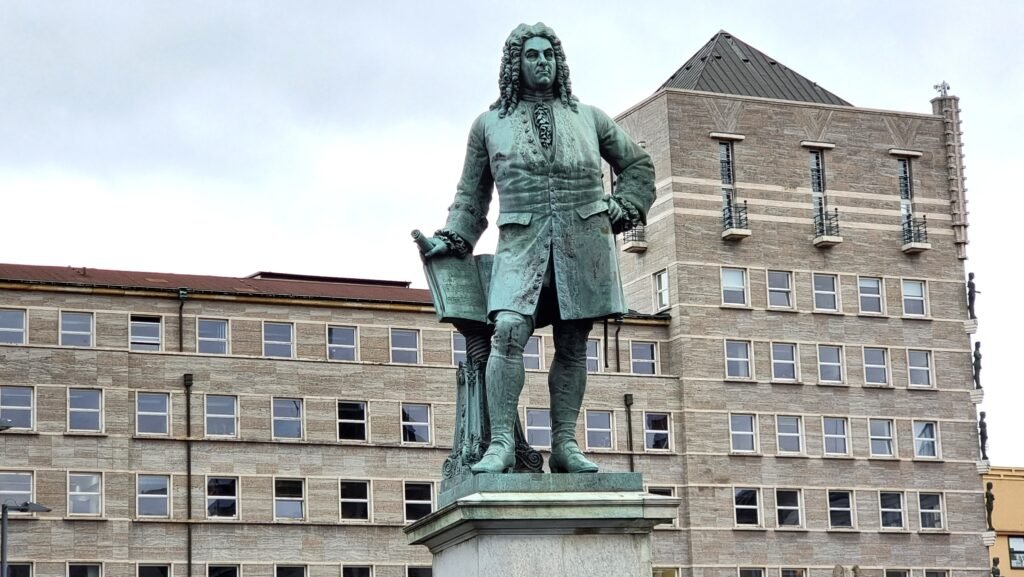
When visiting Halle, you cannot miss the Handel monument. The only monument in Germany in honor of the baroque composer Jerzy Friedrich Handel is located directly in front of his baptismal church, on the market square in Halle.
The LWL Open-Air Museum Detmold
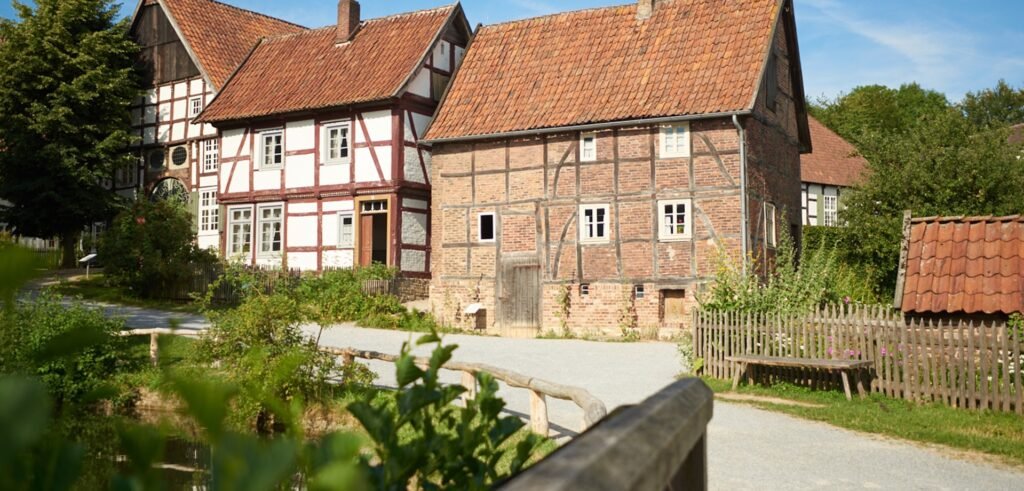

The open-air museum in Detmold (LWL-Freilichtmuseum Detmold) was founded together with the open-air museum in Hagen in 1960. More than 100 historic farm buildings from across the state were transported and reconstructed, including schools, farmhouses, thatched cottages and windmills.
Carriage rides, hikes and picnics can be organized on the large, bucolic fields and ponds. The museum also hosts special exhibitions and interactive craft shows, including: blacksmithing and pottery. This attraction is open in the summer season.
Saltworks Museum (Salinemuseum)
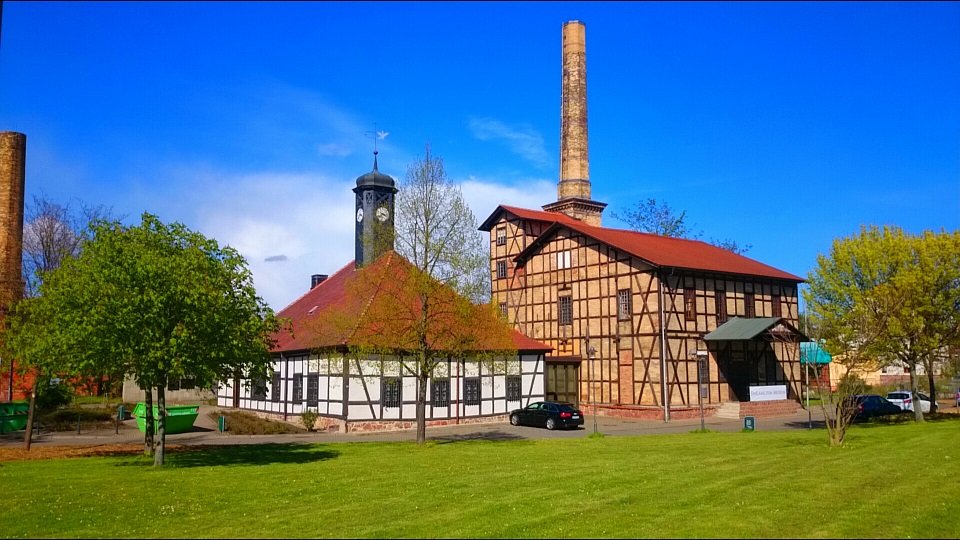

The Hallors and Saline Museum opened in the former Royal Prussian saline to Halle (Saale) in 1967. Members of a brotherhood of salt producers – the Hallors – still present traditional salt production in its rooms at regular events.
In future, the history of salt and Halloren will be presented on over 2,200 square meters of exhibition space. The exhibition shows how the “white gold” that made the city rich is produced. The current participatory exhibition is a foretaste of the future permanent exhibition.
State Museum for Prehistory

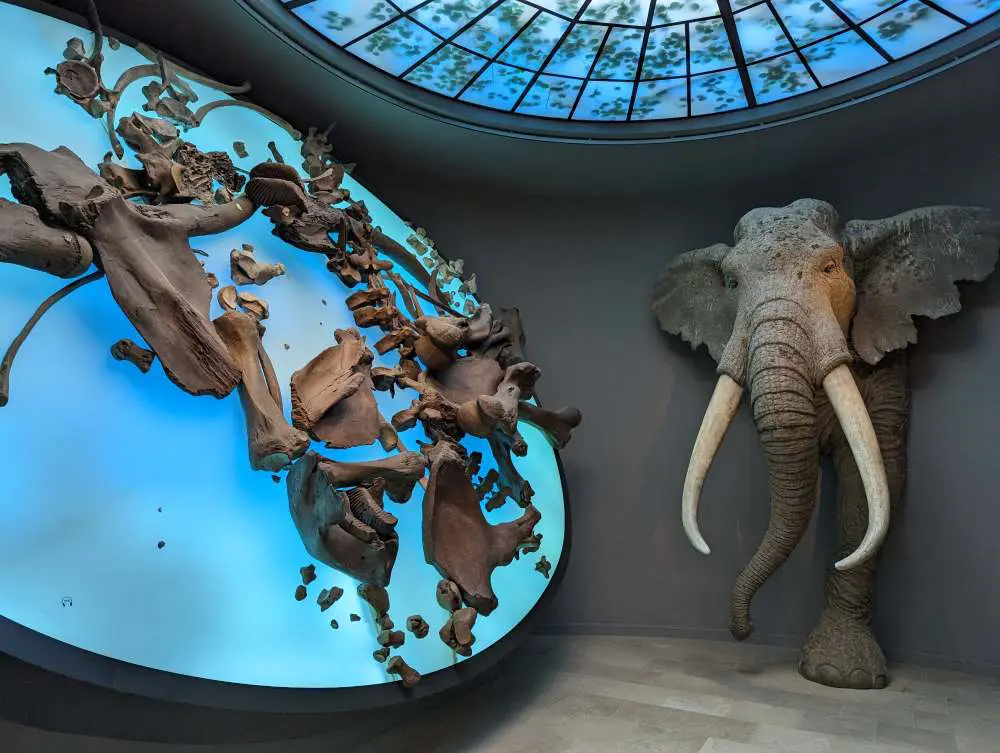
The State Prehistoric Museum of Halle (Saale) is the site of the world-famous Nebra Celestial Disc. It is the oldest functional prehistoric archeology building in Germany and houses one of the oldest, most extensive and most important archaeological collections in the German-speaking region.
The main content of the permanent and special exhibitions is the history of human and cultural evolution, which first became tangible in central Germany about 450,000 years ago. The time span goes back to modern times.
